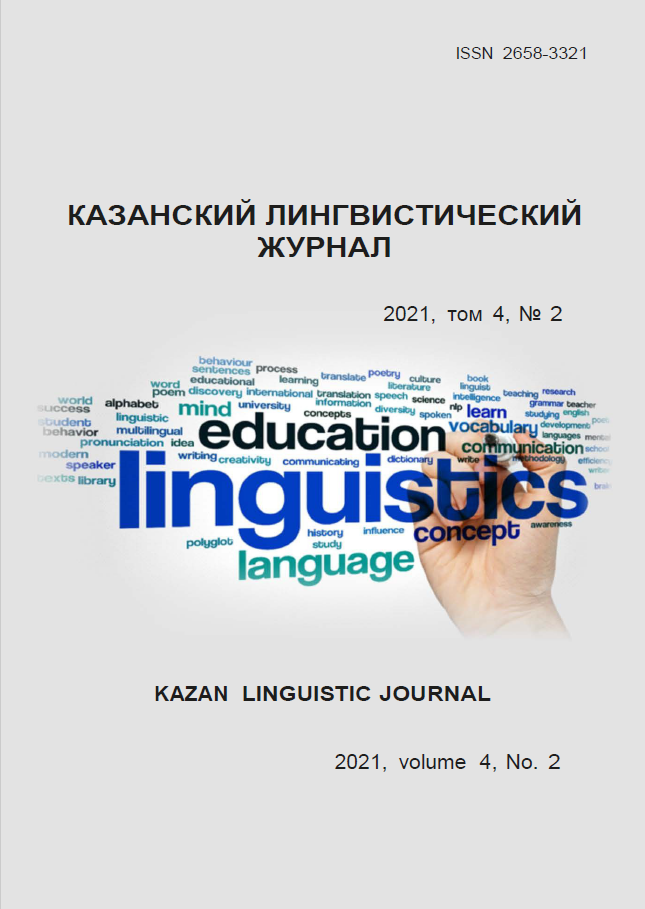The japanese society`s problems in the images of the man and the woman in the work “The woman in the dunes” by Kobo Abe
Keywords:
Japanese literature, man, woman, post-war art, Japanese societyAbstract
Japanese literature is a rather mysterious block of world literature as well for people who have nothing to do with this country. However, the incredible allegorical nature of Japanese works is of exceptional interest for interpretation and careful analysis because so many men, so many minds. Also, it is impossible to say that any one will be the most correct, since art in any of its manifestations is an ephemeral thing. That is why the appeal to such a fundamental text of modern Japanese literature is significant both for understanding the literary process in the Land of the Rising Sun, and for comprehension the changes that have occurred in Japanese society over such a long time. Thus, the article considers the key issues raised in the novel “The Woman in the Dunes” by Kobo Abe. The images of men and women who are бcentral in the book are analyzed, and their author's vision, which leaves a huge field for research. In the course of the work, allusions were found to the deep problems of Japanese society as a whole, contained in the images stated earlier. It also describes the connections between cultures and Japanese eras, reflected in the thoughts, dialogues and actions of the characters. The emphasis on the interpretation of the position of women in the novel is also important, since this image is a “point of contradiction” in the context of the East-West dichotomy, which has been described by scientists from completely different fields, from cultural scientists to economists. All in all, it seems to be a small but very important piece of the big puzzle called Japanese post-war art which is a mirror reflecting the reality of the era of the defeat of militaristic Japan and the formation of a perfect country in which a person occupies a completely different place.
References
Список литературы
Абэ К. Совсем как человек: романы / пер. с яп. В. Гривнина, А. Стругацкого. М.: Иностранка, Азбука-Аттикус, 2018. С. 5–161.
Гуревич Т.М., Изотова Н.Н. Энтомологический код японской культуры. Японские исследования. 2019. №1. С. 73–93.
Митицуна-но хахха. «Дневник эфемерной жизни» // URL: https://www.litmir.me/bd/?b=134708 (дата обращения: 15.04.2021)
Мустояпова А.Т. «Женщина в песках» Кобо Абэ: традиционные черты и модернистские течения. Вестник КРСУ. 2010. Том 10. № 3. С. 55–58.
Селиверстова А.С. Символизма романа Кобо Абэ «Женщина в песках». Сборник докладов 59-й международной молодежной научно-технической конференции «МОЛОДЕЖЬ-НАУКА-ИННОВАЦИИ». 2012. Том 2. №2. С. 20–23.
References
Abe K. (2018). Just like a man: novels / translated from Japanese by V. Grivnin, A. Strugatsky. M.: Inostranka, Azbuka-Atticus. pp. 5–161. (In Russian)
Gurevich T. M., Izotova N.N. (2019). Entomological code of Japanese culture. Japanese Studies in Russia. No. 1. Pp. 73–93. (In Russian)
Mititsuna-no khakhkha. “Dnevnik efemernoi zhizni” // URL: https://www.litmir.me/bd/?b=134708 (accessed:15.04.2021). (In Russian)
Moustopova A.T. (2010). “The Woman in the Dunes” Kobo Abe: traditional features and modernist trends. Herald of KRSU. Volume 10. No. 3. Pp. 54–58. (In Russian)
Seliverstov A.S. (2012). Symbolism of the novel Kobo Abe’s “The Woman in the Dunes”. Collection of reports of the 59th international youth scientific and technical conference “YOUTH-SCIENCE-INNOVATION”. Volume 2. No. 2. Pp. 20–23. (In Russian)






